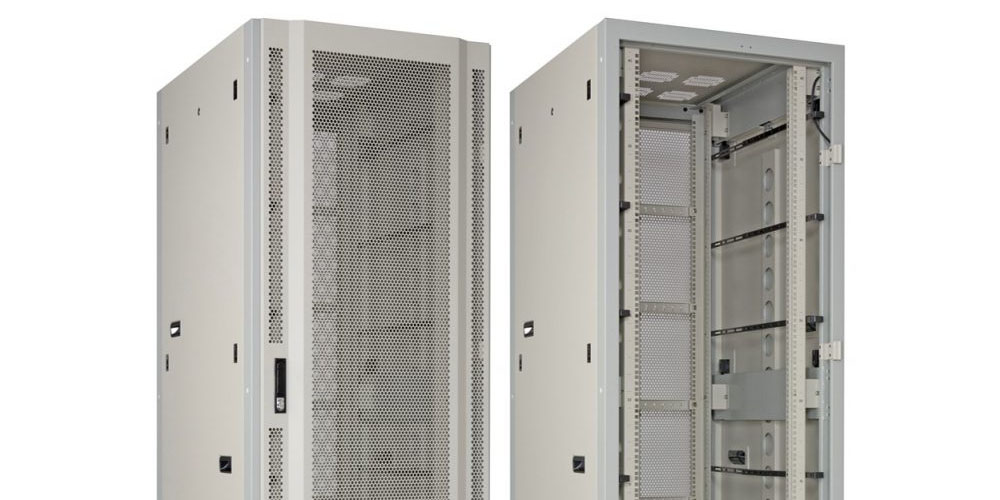Server racks are structures built to house technical equipment and they are an essential product for network cable manufacturers, PDU, and lan cable manufacturers. They promote organization and safety in such work environments. Understanding the server rack components will help you understand the products better.
1· The mainframe
This is the part of the server rack where other components like the pillars and beams are welded together. It is usually constructed from high-quality metal to allow for performance strength, shock resistance, and earthquake resistance. The mainframe is usually connected with columns and beams. Bolts are used to connect all these parts. Note that the quality of the mainframe significantly affects the overall performance of the server rack.
2· The mounting rails
The role of the mounting rails is to allow for the installation of the mount server. They are also known as mount rails or frame mounts. This component usually features holes to allow for the installation of the equipment. The hole positions are measured keenly. Many server rack manufacturers use EIA standards to determine the distance between the mounting rails.
3· The front door
This is the door that allows you access to the inside of the server rack. The front door is also used as a security viewpoint. This is because it is not constructed as a regular door. It features a glass or meshes part that allows you to see the inside of the server rack without opening it. It is also worth mentioning that there are two main types of front doors for server racks. They are:
- The closed-door:this type is usually attached to the whole door surface. It typically features an acrylic window to allow you to see the contents inside the rack. Closed front doors for server racks offer higher security because they deny physical access to the contents. However, they also have a downside. Their downside is that they cause heat to build up in the server rack. Therefore, companies usually use fans to manage the heat.
- The open door: this type features a lot of holes on the door surface. The holes allow for heat to penetrate and not build up within the server rack. Data centers use these doors for managing airflow.
4· The rear doors
There isn’t much of a difference between the rear and front door. They feature the same design and size. The only difference is that the rear is usually located at the back. Sometimes, a server rack may contain two rear doors. This depends on the client and the usability of the server rack.
5· The top and side panels
These panels are attached to the right, left, and top parts of the server rack. They also come in varying types, depending on the brand.
6· The base
This part is used to prevent the connection between the rack and the ground. The best base is usually earthquake-resistant.
Conclusion
The components mentioned above are standard for all types and brands of server racks. They work together to enhance the performance of the product. They can also be tailored to specific client needs.

